No Middle Ground in the Middle East
The “infographic” post that @impact on Instagram shared, leading to controversy around the factual accuracy of Instagram posts on the Israel-Palestine conflict.
Since the establishment of Israel in 1948, there have been few moments in which Israel and Palestine are not clashing over the ownership of the land. About two weeks ago, Gaza, a self-governing Palestinian territory, sent a rocket in response to the conflict between Palestinians in East Jerusalem and the Israeli government resulting in the deaths of both Israelis and Palestinians.
Yair Bernstein, an Israeli Zionism teacher and Chicago resident, explained a common misconception surrounding the conflict. As he said, some think that “it is a simple situation as with David and Goliath. David is Gaza and Goliath is Israel. Goliath is trying to destroy David, but David will prevail.”
There is much more beyond the surface, though.
As they do with most other world issues, the teenage and millennial population has taken the conflict to social media. In the last two weeks, Latin students have seen endless streams of so-called “educational” and “unbiased” infographics on their social media feeds.
Given that there are multiple sides to the story, relying on reposted unilateral infographics as a primary news source has proven to have positive and negative effects. Infographics can be a good source for basic information. When it comes to looking for a truly unbiased opinion, however, the use of social media as a news source has been criticized by students and professionals alike.
Social media is a place to “spread information and to kickstart further personal research,” said freshman Chloe Sedler. In her eyes, it is a platform to reach a larger audience than would otherwise educate themselves.
Bernstein agreed. “I think social media is a necessary news outlet. I use Twitter all the time to get information about many things in my life,” he said. “People write threads there with information and they post links to articles. The problem starts when people don’t read or know what they are posting.”
Upper School politics teacher Cara Gallagher disagreed, however. “Because it’s unedited and so easy to push content out, social media can be a hotbed of mis- and disinformation,” she said. “It’s especially important to scrutinize sources you’ve never heard of and have no substantive or mission-driven organizational commitment.”
It is equally important to understand misinformation and disinformation as two distinct concepts. When a person is spreading disinformation, they are knowingly spreading false news. Misinformation, however, is the unconscious reporting of false news with no malintent. It may be outdated or factually untrue, but there are no malicious motives involved.
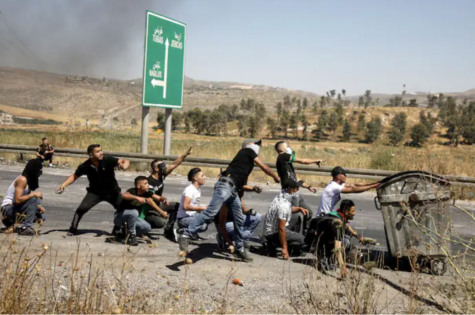
The recent violence between Israel and Palestine has highlighted typically younger, social media users’ inclination to repost over-simplistic, sometimes-false infographics. There have been numerous videos posted to platforms that have been presented out of context. For example, there was a video of Israelis celebrating Jerusalem Day, a holiday to commemorate the end of the Six-Day War that took place in June 1967. In the video, a tree was on fire behind them. However, TikTok and Twitter users claimed that the Al-Aqsa Mosque—not the tree—had burned down and that Israelis were celebrating.
Senior Vivi Kaufman said, “Not to say that I am pro one side or the other, but there is so much that is taken out of context and makes everything seem different from what is actually happening.” With all of the fake news circulating, it can be hard to form a personal opinion and find trustworthy, accurate sources.
However, posting on social media can spur a backlash. The Chicago Bulls posted a message on their Instagram saying, “We stand with the Jewish community against the rise in antisemitic attacks in this country. Violence in any form is unacceptable. There is no place for acts of anger and hatred. We call for more kindness, more tolerance and more acceptance.” The comment section consisted of sharp criticism for not standing up for Palestinians. Despite the fact that the post referred only to domestic antisemitism, internet users were upset at the lack of mention of violence in Palestine.
Additionally, many of the infographics that have permeated the repost circuit on social media are one-sided, offensive, and sometimes flat-out wrong. “All infographics have a bias,” said senior Darius Nabers. “They can’t cover both topics at once. There is kind of a limited amount of space.”
A well-known Instagram account among teenagers, @impact, posted a six-slide graphic on the difference between anti-Zionism and antisemitism. In the post, antisemitism is spelled wrong several times. Also, the post states that Palestinians have the right to speak about antisemitism. A semite is a person who speaks one of the semitic languages. The most widely spoken ones are Arabic, Amharic, and Hebrew. Antisemitism, however, is the prejudice against Jewish people.
Junior and co-head of Jewish Student Connections Club Naomi Altman said, “I completely disagree with the slide that says Palestinian people have the right to weigh in on antisemitism. Unless you are Jewish, you don’t get to define antisemitism.” Interestingly, Impact had posted a message only days before claiming that only transgender people know transphobia. Why then, does that line of thinking not apply to discrimination against Jewish people?
On the final slide of the post, the account claims, “If you are silent about Israeli violence against Palestinians because you believe it is antisemitic, you are saying that Judaism stands for colonialism, apartheid, and ethnic cleansing.” According to an article in The Jewish Star, a newspaper devoted to covering Orthodox Jewish communities in New York, the conflict is not about colonization because Jews are native to the land. As for the statement about ethnic cleansing, in October 2011, South African Judge Richard Goldstone, who led the United Nation’s 2009 fact-finding mission on the war in Gaza, wrote an article for The New York Times stating that while yes, there is tension and sometimes violence between Jews and Arabs, “in Israel, there is no apartheid. Nothing there comes close to the definition of apartheid under the 1998 Rome Statute.”
President of the Jewish United Fund (JUF) Lonnie Nasatir said, “To call Israelis ethnic cleansers without any proof to back up a statement like that is irresponsible. It is provocative; it gets people talking and worked up. I am not against legitimate criticism of Israel, but when you start going down the road of saying charges that are this intense and this inaccurate, it doesn’t serve anybody well.”
Additionally, one of the largest Chicago Facebook groups, MamaHive, a group for local moms to talk shop about their families and ask for advice, was archived last week when a conversation about the conflict got too heated.
The Latin administration sent a community-wide email last Friday afternoon condemning antisemitism with resources to further educate oneself.
An established Jewish feminist account among Jewish individuals, @heyalma, has been posting many infographics about the conflict, as well as potential solutions to it. One post, titled “A brief introduction to Arab-Israelis,” stirred up commotion among the Palestinian and Arab community. Arab-Israelis is not a term that is widely used, rather Palestinian is preferred. 21.1% of people living in Israel are Arabic, and a study conducted by the University of Haifa in 2017 said that only 16% of Arabs living in Israel want to be described as Israeli-Arabs. The other 305,630 Arabs living in Israel prefer Palestinian or Palestian living in Israel.
Friends of the Israel Defense Force (FIDF) is a non-profit organization dedicated to providing services for Israeli soldiers and their families. On their Instagram, they posted a photo with a message ensuring that they are the correct place to place donations for the IDF. Israel receives $3.7 billion more a year than Palestine from the United States government to fund their army.
Junior Eliana Moreno said, ”I do not think [asking for donations] is fair, given they are already supplied with the resources they need. And that donation money could be going somewhere with the money could be used or needed more than an already billion-dollar-funded space.”
Upper School history teacher Matthew June added a note of caution. “Social media makes that shift from complex thinking to straight antisemitism,” Dr. June said. “It almost encourages it. How are you going to get any kind of complexity or nuance in a meme? It is good to use it as a tool, but I also very much think the concerns the past few weeks about social media have been legitimate.”
But social media is not the only unreliable source. Latin community members are skeptical of the way the news sources portray the conflict, too.
Two weeks ago, the host of The Daily Show, Trevor Noah, did a segment on the conflict. He began by saying that he “doesn’t believe that any TV show in 10 minutes is going to come close to solving Israel-Palestine.” So instead of talking about “who’s good and who’s bad,” he begins by discussing the numbers of those who have perished. While these numbers have since risen, he mentions that 28 people in Gaza are dead and only two in Israel. He does all of this in nine minutes.
Author and Rabbi Benji Levy posted a video of himself reacting to the segment, titled “Why Trevor Noah is Dead Wrong.” In response to Noah’s statement, he said, “Any children, any innocent people that are dead is because Hamas and Islamic jihad are shooting from among children.” He goes on to say that when Israel is planning on shooting rockets, they alert all of the people around and clear the area, as opposed to Palestine, where citizens have no prior knowledge of an impending attack.
Noah compared the conflict to his childhood. When he was a teenager, he had a 4-year-old brother, and his mother told him not to fight back, as he was bigger, stronger, and would always win. In this comparison, Noah is Israel and his brother is Gaza. Reactively, Levy said, “Did you expect the police to let this happen? Israel tries to save lives as much as possible.” Levy points out that if Israel had not fought back, there would not be any Israelis left.
In the comment section of Levy’s video, viewers expressed frustration with his debunking of Noah’s segment. One read, “No, [Trevor Noah is] not wrong. Trevor has no reason to lie!! Who is paying him to lie? Gazan families? Trevor Noah was born and lived in apartheid state and knows what it looks like! Israel is apartheid state!”
“I feel like the media specifically tends to demonize one side and make the other side seem innocent,” said senior Maeve Healy. “It is important to look at both sides. There are two very complex sides.”
Mollie Dubner, a Lincoln Park High School sophomore who is currently studying abroad in Israel, said, “I do not think that the media does a good job at portraying unbiased news. Inevitably, there is always a bias in every single news story, but I think that most main media outlets feed into the opinions for a better headline. I think the conflict is much more complex than one or two negative headlines.”
Darius disagreed. “I think news sources and actual media outlets do a pretty good job, but I think a lot of the issues arise with social media.”
Among those who support Palestine, there is a common sentiment: Israel has an unfair advantage.
Brian Bean, author of Palestine, A Socialist Introduction, is of the mind that all Americans should support Palestine. “The Israeli state as a Jewish ethnic state is probably the most racist state in the entire world, and it is carrying out a daily campaign of violence and ethnic cleansing,” he said. “To people in the United States, we have a special responsibility to support Palestinians. The U.S. is one of the most prominent and steadfast supporters of Israel. Our country gives 3.8 billion dollars a year to the Israeli military. As Americans, we have a special responsibility to stand for Palestine because our tax dollars go to funding their oppression.” In addition to funding the Israeli military, the United States also supports Palestinians, but not at the same level, giving them $75 million a year.
Eliana said, “The U.S. funds the Israeli military so much, and it is a super unequal advantage that the Israeli government has. It continues this war that has been going on.”
Overall, the Latin community has very contrasting views on this conflict, whether that be due to personal experiences, consumption of news, or opinions in general.
“I am pro-Palestine but that does not mean I am anti-Israeli people, I am anti the Israeli government,” said Eliana. “I think that this is a problem that has been happening for years. To me, the Palestinians are people who have no arms and legs that are fighting back with people that have arms and legs. Now that these Palestinians are biting, they are getting a lot of pushback”
Naomi said, “I am an Israeli citizen, so I stand with Israel no matter what, even if I don’t stand with the government or the leaders. It is in my nature that I have to support Israel. It is a core aspect of my identity.”
Senior Freddi Mitchell said, “I believe in the two-state solution. I do think that the Palestinians are being treated very poorly by the Israeli government, but I don’t think that the government of Palestine, Hamas, is a good entity either. If you look at what Zionism is, it is the idea that Jews have the right to their own state. I agree with that for Palestinians, too.”
Bernstein said, “I am really pro-peace.”
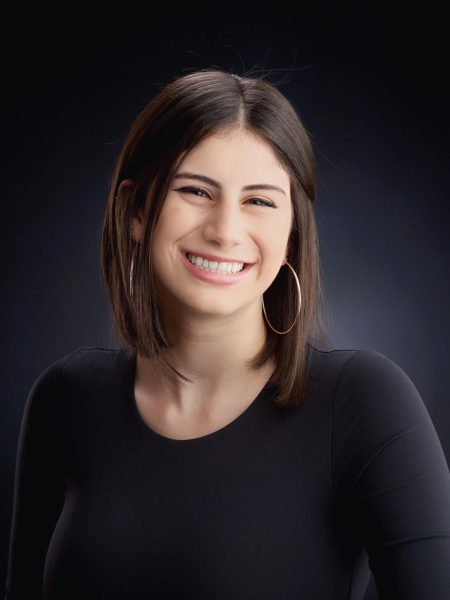
Eliza Lampert (’24) is a senior at Latin and is overjoyed to serve as one of this year’s Editors-in-Chief. During her time writing for The Forum, she...














































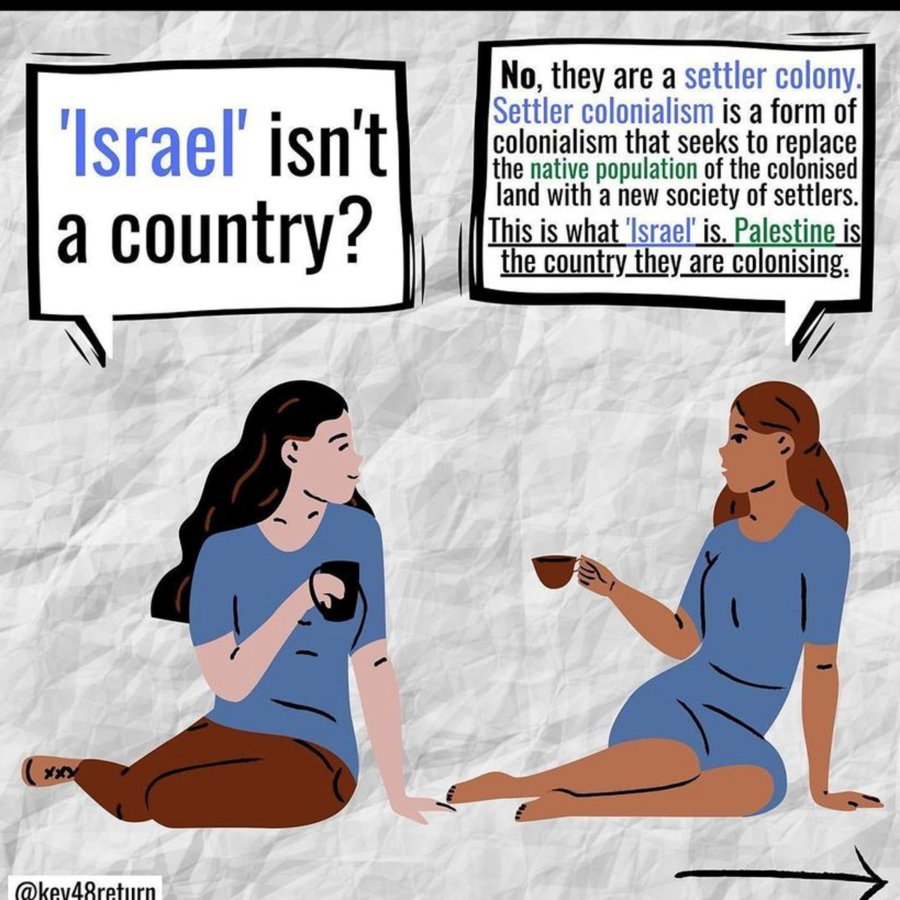
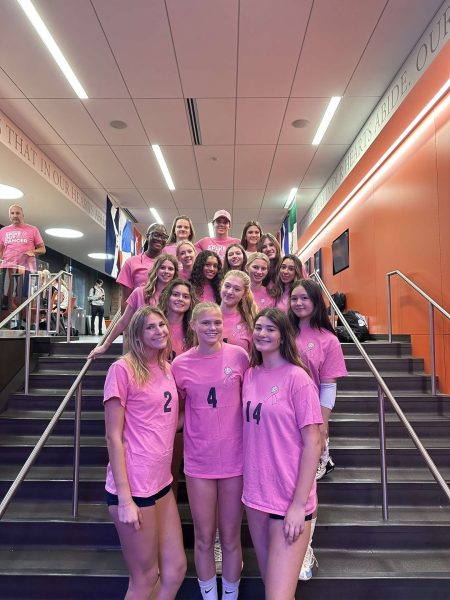
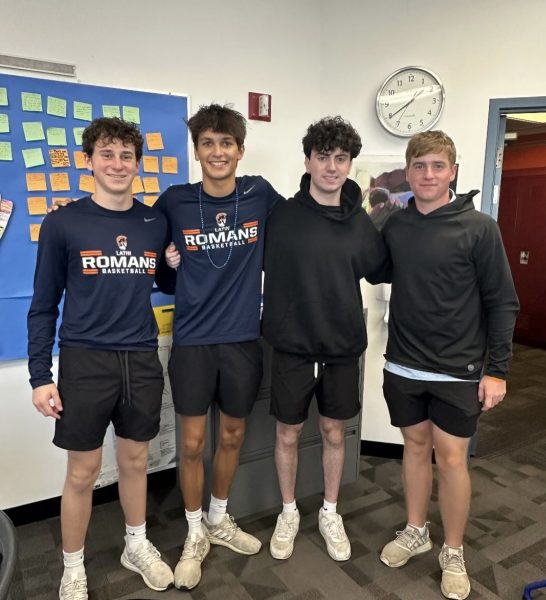
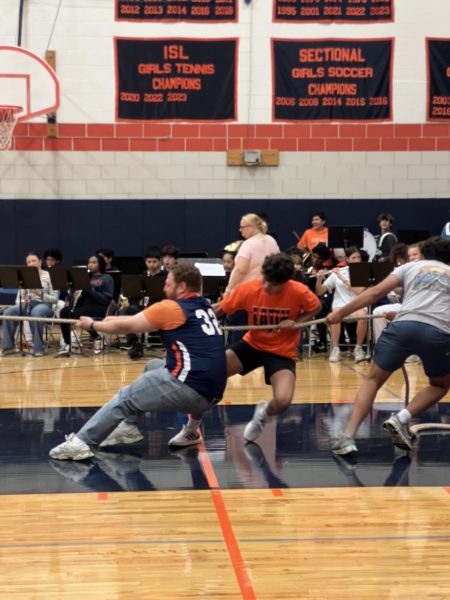
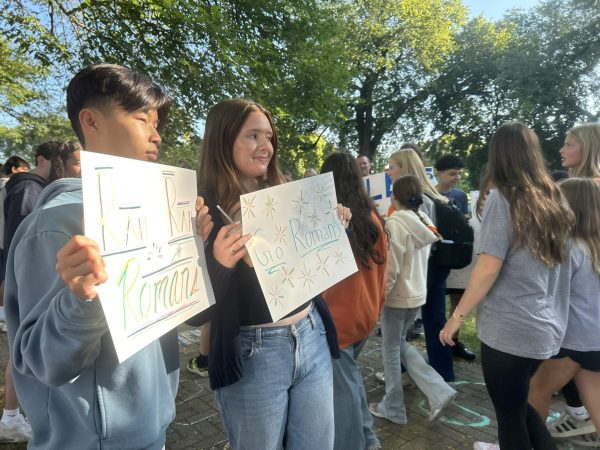
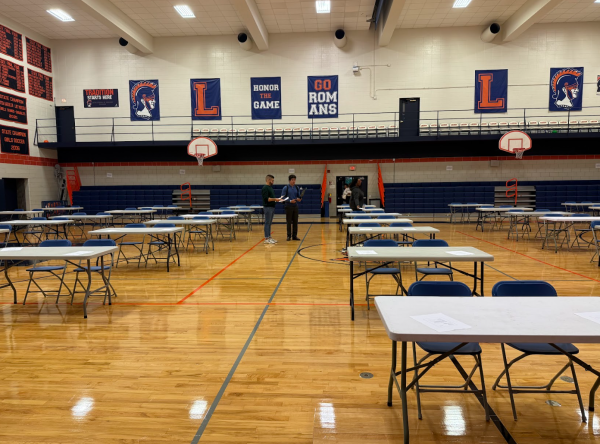

James Joyce • Jun 2, 2021 at 8:09 am
Cool piece, Eliza. I appreciate the variety of voices in here, too.
Naomi Altman • Jun 1, 2021 at 3:00 pm
Amazing article Eliza! Thank you so much for tackling such a difficult topic.